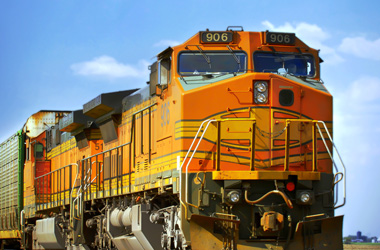Main Menu
- Home
- Products
- Applications
- Product Support
- Service
- Learn
- Product News
- About Us
- Contact Us
 Controlling and monitoring railway and train noise in residential and urban areas is a critical function of a railway. The noise generated can be dependent upon the engine, rail cars, rail construction, train speed, and the horn. Modern high speed trains
have also created new levels of high frequency noise that create an acoustic disturbance that sounds like an aircraft going by.
Controlling and monitoring railway and train noise in residential and urban areas is a critical function of a railway. The noise generated can be dependent upon the engine, rail cars, rail construction, train speed, and the horn. Modern high speed trains
have also created new levels of high frequency noise that create an acoustic disturbance that sounds like an aircraft going by.
Larson Davis offers a family of noise monitoring systems with power, communication, and sound recording options
that can be implemented to suit the needs of many railway functions including:
Permanent monitoring systems can be used to acquire data 24/7 and make operational adjustments as needed. Our portable monitoring systems can be deployed rapidly for specific studies over shorter
periods of time and can be easily moved from one data acquisition site to another. These systems come with weather resistant enclosures and outdoor microphone options. Our hand held sound level meters can be used for on-site evaluation and logging of
noise levels.
Larson Davis permanent, portable, or attended monitoring systems have options that are critical for successful railway monitoring,
including: